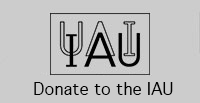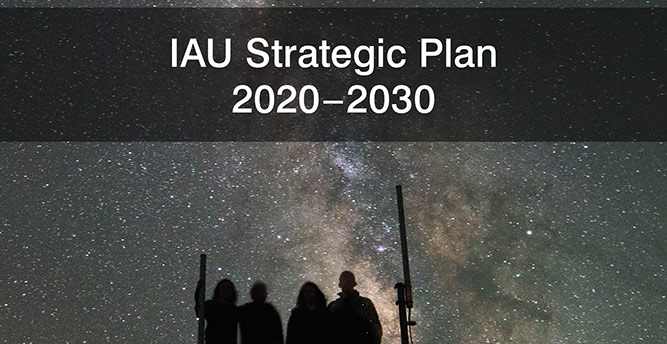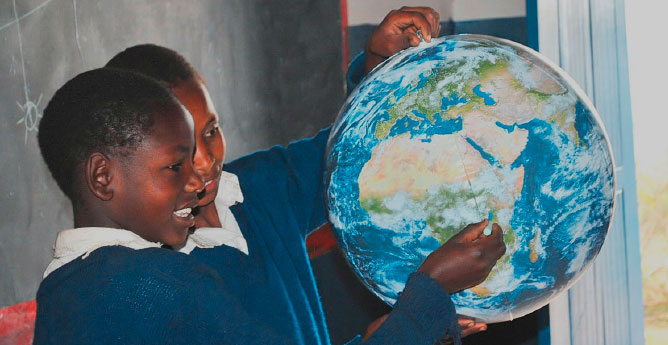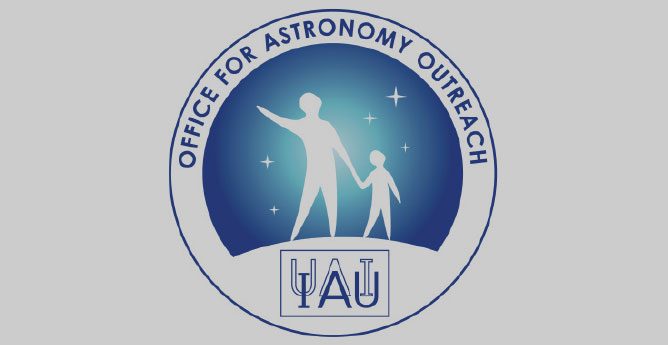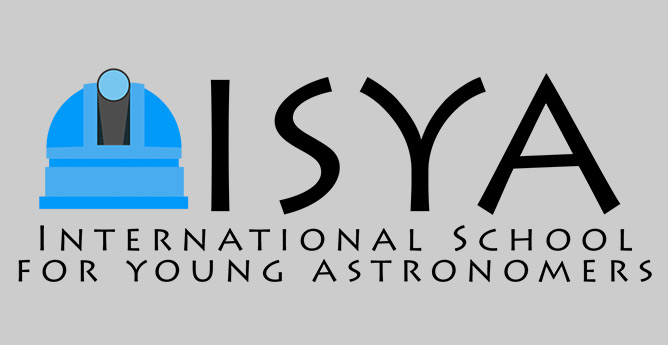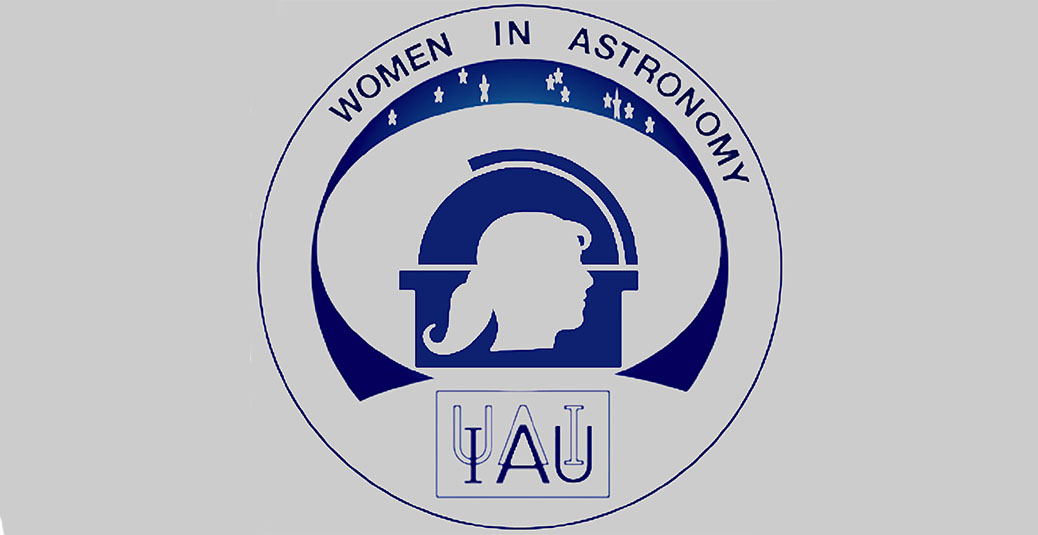- News
- Science
- Scientific Bodies
- Divisions
- Commissions
- Commission A1 Structure
- Commission A2 Structure
- Commission A3 Structure
- Commission A4 Structure
- Commission B1 Structure
- Commission B2 Structure
- Commission B3 Structure
- Commission B4 Structure
- Commission B5 Structure
- Commission B6 Structure
- Commission B7 Structure
- Commission C1 Structure
- Commission C2 Structure
- Commission C3 Structure
- Commission C4 Structure
- Commission C5 Structure
- Commission D1 Structure
- Commission E1 Structure
- Commission E2 Structure
- Commission E3 Structure
- Commission E4 Structure
- Commission F1 Structure
- Commission F2 Structure
- Commission F3 Structure
- Commission F4 Structure
- Commission G1 Structure
- Commission G2 Structure
- Commission G3 Structure
- Commission G4 Structure
- Commission G5 Structure
- Commission H1 Structure
- Commission H2 Structure
- Commission H3 Structure
- Commission H4 Structure
- Commission J1 Structure
- Commission J2 Structure
- Commission J3 Structure
- Commission X1 Structure
- Commission X2 Structure
- Past Commission Organising Committees
- Working Groups
- Centres
- Scientific Meetings
- Rules & Guidelines
- General Assemblies
- Meeting Proposals
- Future IAU Meetings
- General Assemblies
- EC Meetings
- Officers' Meetings
- Regional Meetings
- Symposia
- Focus Meetings
- Institutional Meetings
- IAU Offices Meetings
- IAU-Sponsored Meetings
- Letters of Intent submitted for 2024
- Letters of Intent submitted for 2023
- Letters of Intent submitted for 2022
- Letters of Intent submitted for 2021
- Letters of Intent submitted for 2020
- Past IAU Meetings
- Templates
- Other Meetings
- Grants & Prizes
- Scientific Bodies
- Publications
- IAU Publications
- IAU Strategic Plan
- Symposia
- WGSBN Bulletins
- Regional Meetings
- Information Bulletins/Catalyst
- E-Newsletters
- Focus Meetings
- Transactions A
- Transactions B
- Related Publications
- GA Newspapers
- CAPjournal
- IAU Books
- Brochures
- IAU Offices
- WG Reports
- Commission Reports
- Division Reports
- Past IAU Publications
- Rules, Guidelines and Instructions for Proceedings
- Publishers
- IAU Publications
- Administration
- About the IAU
- Statutes & Rules
- IAU Policies
- IAU Executive Bodies
- IAU Secretariat
- Resolutions
- Members Administration
- Administrative Dates & Deadlines
- International Organisations Relations
- Donate to the IAU
- Training in Astronomy
- Astronomy for Education
- Astronomy for Development
- Astronomy for the Public
- Office for Astronomy Outreach
- FAQ
- Themes
- Satellite Constellations
- Astronomy in Everyday Life
- How to Report a Discovery
- Careers in Astronomy
- Defining our Place in the Cosmos
- The Constellations
- Light Pollution
- Measuring the Universe
- Near Earth Objects
- How to Participate in Astronomy Research
- Naming of Astronomical Objects
- Naming of Exoplanets
- Buying Star Names
- Naming Stars
- Pluto and the Solar System
- IAU Member Statistics
- Our Moon: the Moon
- Meteors & Meteorites: The IAU Definitions of Meteor Terms
- UNESCO-IAU Portal to the Heritage of Astronomy
- Social Media
- Past Events
- Call for Online Resources
- Astronomy@Home Awards
- Contact
IAU Outreach Newsletter
October 2013
In this newsletter:
- Reminder: Pan-African total/hybrid solar eclipse (3 Nov. 2013)
- Eclipse 2013: History & science in Sao Tome and Principe
- European Southern Observatory Astronomy Camp (Italy)
- EAAE Winter School 2013 (Finland)
- Armagh Observatory “Human Orrery” Goes Global
- A successful end to the “donate safe solar viewing glasses to Africa” campaign
- The Andromeda Project is Back!
- Reports on the United Nations Basic Space Science Initiative (Ecuador)
- Updates on comet ISON
- Opening of the Entoto observatory (Ethiopia)
- Inauguration of the Sardinia Radio Telescope (Italy)
- The International Astronomy Olympiad (deadline 18th November)
- Upcoming events
Please send us your input to info@astro4dev.org for the next newsletter which we will aim to send out on Friday 29th November 2013.
1) Reminder: Pan-African total/hybrid solar eclipse (3 Nov. 2013)
On 3 November 2013 many countries in Africa will experience a total/hybrid solar eclipse (see http://www.astro4dev.org/activities/pan-african-eclipse/). This is a unique cosmic event, as well as a lifetime opportunity to talk science and technology in/for Africa. Various continent-wide initiatives are taking shape to consolidate the Pan-African intention to make this eclipse a fun and unique intra-african as well as international collaboration. The following countries are in the path of totality and will be experiencing 100% obscuration of the Sun: Gabon, Congo-Brazzaville, Congo-DRC, Uganda, Kenya and Ethiopia. Every country in Africa will experience this solar eclipse (partial). For a detailed map of the pan-african solar eclipse, click on the following map (courtesy of Xavier Jubier): http://xjubier.free.fr/en/site_pages/solar_eclipses/HSE_2013_GoogleMapFull.html
For more information about the IAU-OAD sponsored events taking place specifically in Gabon, among which a teacher training workshop and a discussion around astronomy activities in the francophone world, see: http://www.astro4dev.org/activities/gabon-eclipse/
2) Eclipse 2013: History & science in Sao Tome and Principe
The Government of the Autonomous Region of Príncipe, the company HBD, and the committee of the Mathematics of Planet Earth 2013 in Sao Tome and Principe, are organizing the event “ECLIPSE 2013: History and Science in Principe”, which will be held on the island of Principe. The event has two main objectives: (1) promote and disseminate science and (2) reaffirm the scientific legacy of the island of Principe in the history of science. It is opened to everyone, but it is of utmost importance to the scientific community, teachers and students. Hence during the months of October and November, Science will be in the spotlight on the island of Principe. Renowned international scientists, outreach initiatives and scientific information will be promoted, especially in astronomy, physics and mathematics, among others.
A detailed schedule and registration are available online at www.eclipse2013principe.com.
Facebook page: https://www.facebook.com/eclipse2013.principe,
E-mail: eclipse2013.principe@gmail.com
3) European Southern Observatory Astronomy Camp (Italy)
The first ESO Astronomy Camp will take place from 26 - 31 December 2013 at the Astronomical Observatory of the Aosta Valley, located in Saint-Barthelemy, Nus, Italy. The camp will explore the theme of the visible and the invisible Universe through lectures, hands-on activities, and nighttime observations with the telescopes and instruments at the observatory. Social activities, winter sports, and excursions will contribute to making the camp a memorable experience for the participants. ESO will be responsible for the scientific programme for the ESO Astronomy Camp, and will, together with other partners, provide lecturers and material. The camp will be available for a maximum of 55 secondary school students aged between 16 and 18 years old.
More information at: http://www.eso.org/public/announcements/ann13044/
4) EAAE Winter School 2013 (Finland)
The Winter School will be organized by the EAAE-WG3 in Enontekiö, Finland from the 28th to the 30th December 2013. This Winter School is open to all teachers who work in primary and secondary schools in European countries. The School will be held next December in Finland (Lapland). The registration fee is 50 Euros.
During the Winter School teachers will attend general lectures, workshops and daily observational sessions. Participants should wrap up warm during these sessions because of the cold weather. Note that although Sun never rises and daylight of dawn is only seen for a very short period at this time of the year in Enontekio, observation sessions can only be held during the Winter School if weather conditions are good. Instructors at the Winter School will be members of EAAE-WG3, and they come from different countries in Europe. The theme of this Winter School is Aurora Borealis, the Northern Lights. Professor Rosa Maria Ros (ros@ma4.upc.edu) is the Chairperson of EAAE-WG3 and should be contacted for any further inquiries.
5) Armagh Observatory “Human Orrery” Goes Global
From Professor Mark Bailey, Director of the Armagh Observatory:
The Armagh Human Orrery is the first large-scale outdoor exhibit to show with precision on the ground the positions of the main planets, a dwarf planet and two comets. It is an innovative education and learning tool designed to explain the motion of the planets around the Sun and the changing position of Earth relative to those planets as it too revolves around the Sun every year. Launched at the Observatory nearly nine years ago, the model is fun to use, entertaining and participative. The model has now been reproduced at a number of locations, notably at the Kings School, Peterborough, and at Christ the Redeemer Primary School, Belfast, and most recently at the Eureka High School, Nepaltar, Kathmandu, Nepal. For full details of the Armagh Human Orrery, see http://star.arm.ac.uk/orrery/; for a summary review of the Human Orrery and the background to the model, see: http://star.arm.ac.uk/~meb/human_orrery_2012oct11_handouts_small.pdf; and for an example of a novel portable human orrery, see: http://www.astrosociety.org/wp-content/uploads/2013/02/uitc82.pdf. For further images, follow: http://star.arm.ac.uk/~meb/orrery_2013oct/.
6) A successful end to the “donate safe solar viewing glasses to Africa” campaign
Astronomers Without Borders (AWB) has passed the 10,000 donated solar eclipse glasses to Africa solar eclipse on 3 November 2013! AWB would like to thank you for your donations and making this program successful! The glasses are currently being dispatched to Africa.
This program (http://www.astronomerswithoutborders.org/) provides thousands of free eclipse viewing glasses to schools across Africa where a solar eclipse will take place on 3 November 2013 (see eclipse maps here: http://www.astro4dev.org/activities/pan-african-eclipse/). This is a rare opportunity to expose students to science in a region where science resources are often non-existent. The International Astronomical Union's Office of Astronomy for Development, which is based in Cape Town, South Africa, is providing support.
For more information visit: http://www.astro4dev.org/activities/pan-african-eclipse/donate-eclipse-africa/
7) The Andromeda Project is Back!
From Rob and the Zooniverse Team:
Last year we launched the Andromeda Project (http://www.andromedaproject.org/) and asked the public to help us locate star clusters in our nearest neighbouring galaxy: Andromeda (M31). The project was a phenomenal success and in less than three weeks volunteers had classified more than a million images. Today we're releasing a whole new batch of data into the Andromeda Project and we're calling this Round 2.
The data you will see are amazingly detailed images from the Hubble Space Telescope, which has peered deep into Andromeda as part of the PHAT survey. The aim of the Andromeda Project is to the locate all the star clusters and background galaxies found in PHAT and to build up the most complete map of any spiral galaxy anywhere. This is amazing science that can only be done with the help of citizen scientists.
PS: We're looking for beta testers for a new history project. If you're interested in helping us out, and seeing what we have up our sleeves, then email team@zooniverse.org with the subject line ”History Beta”.
8) Reports on the United Nations Basic Space Science Initiative (Ecuador)
From: Professor Hans J. Haubold (UN Office for Outer Space Affairs):
Two reports on the United Nations Basic Space Science Initiative (UNBSSI) describe recent progress at the Quito Astronomical Observatory:
(1) “The Quito Astronomical Observatory of National Polytechnic School is working in promoting research in Space Sciences for studying the equatorial zone. With the participation and valuable collaboration of international initiatives, [...] the Quito Observatory is creating a new space physics division on the basis of the International Space Weather Initiative”. Read more at http://arxiv.org/abs/1310.0885.
(2) “The Magnetic Data Acquisition System (MAGDAS) was installed in the protected Jerusalem Park in Malchingui-Ecuador in October of 2012, under the joint collaboration between Kyushu University of Japan and the Quito Astronomical Observatory of the National Polytechnic School of Ecuador. This paper describes the installation process and present the preliminary data obtained with the MAGDAS equipment”. Read more at http://arxiv.org/abs/1310.0886.
From Dr. Nicola Loaring (South African Astronomical Observatory) & the ISON Observation Campaign website:
Comet ISON was discovered in 2012 by astronomers, Vitaly Nevsky and Artyom Novichonok at the ISON (International Scientific Optical Network) near Kislovodsk Russia. This particular comet is exciting as it may get very bright later on in the year as it approaches the Sun. The date of closest approach of Comet ISON (known as a sun grazing comet) to the Sun (perihelion) is the 28 November 2013 when it will come within 1.2 million km of our Sun’s surface (over 100 times closer to the Sun than Earth!). The nucleus of comet ISON is believed to be 5 km across. There are various possibilities about how bright the comet may become. At present we do not know which of these scenarios is going to happen, but as we observe it for longer we can make better guesses. The latest images are posted at http://www.isoncampaign.org/potw-oct21 and a recent update on the comet's status can be found here: http://www.isoncampaign.org/karl/ison-is-just-fine
More information on the Comet ISON Observation Campaign website at http://www.isoncampaign.org/.
10) Opening of the Entoto observatory (Ethiopia)
Ethiopia just opened its first optical observatory. Named after the Entoto mountain it is sitting on, it is located at about 3200 meters above sea level and very close to the capital Addis Ababa. This facility will operate two identical 1m telescopes that will have various state-of-the-art astronomical instruments (imaging as well as spectroscopic). According to Dr Solomon Belay, director of the observatory, this is an independent research institute, owned by 32 public universities plus one private university. It is the first research-level optical observatory in East Africa and aims to become a hub of astronomical research and training in the region.
Dr Solomon Belay also mentioned that Entoto Observatory is also doing site-testing projects in the highlands of northern part of Ethiopia (close to Lalibela) to put bigger-size telescopes.
Ethiopia, being one of the continent's fastest growing economies, has been investing a lot in science and education and this ambitious space program is part of the many big investments the government and the private sector are undertaking to promote science and technology in the country. This project will certainly be of great advantage not only for Ethiopia but also for the entire East African region in terms of training students as well as in the effort to create scientifically literate citizens.
Read more at: http://phys.org/news/2013-10-ethiopia-sights-stars-space-programme.html
11) Inauguration of the Sardinia Radio Telescope (Italy)
From Dr Ginevra Trinchieri (IAU National Outreach Contact, Italy):
The Sardinia Radio Telescope (SRT; www.srt.inaf.it), at the moment under scientific validation, will soon available to the international astronomical community. Thanks to the presence of a permanent Visitor Center, SRT will be also an interesting and attractive pole of scientific tourism.
SRT was recently inaugurated in the presence of the president of National Institute of Astrophysics, Giovanni Bignami, the Chief Scientist Enrico Flamini on behalf of ASI (Italian Space Agency), the Undersecretary of the Italian Ministry of Education University and Research, Mario Rossi Doria, and the president of the Regional Council of Sardinia, Ugo Cappellacci. At the ceremony, transmitted via web streaming, there were more than 2000 people, including astronomers from Europe and abroad, members of the general public and students of all ages. The culmination of the touching and emotional ceremony was reached when the antenna moved in azimuth and elevation with, in the background, the gentle sound of the launeddas (typical Sardinian woodwind instruments) by Luigi Lai. The inauguration of this important instrument comes after about ten years of the beginning of building works. Some pictures of the opening ceremony are available at: http://www.ca.astro.it/srt/immagini/30_09_2013_web/web/index.html
12) The International Astronomy Olympiad (deadline 18th November)
From Dr Ginevra Trinchieri (IAU National Outreach Contact, Italy):
Once again the Italian team has had great success at the International Astronomy Olympiad, in its XVIII edition in Vilnius, Lithuania, last September, with the victory of a diploma of the third level by Marco Codato (Venezia), for the junior category. The team was composed of two other junior members, Marco Giunta (Catania), and Silvia Neri (Reggio Calabria), and three in the senior category, Edoardo Altamura (Macerata), Giovanni Barilla (Reggio Calabria), Francescopaolo Lopez (Bari), accompanied by Giulia Iafrate (INAF - Astronomical Observatory of Trieste) and Gaetano Valentini (INAF - Astronomical Observatory of Teramo) to lead, encourage and cheer for the Italian team.
We are now ready for the next round! 18 November is the first deadline for the 2014 edition of the Italian Astronomy Olympiad, (see http://www.iaps.inaf.it/en/epo/olimpiadi-di-astronomia/) open to all students attending Italian schools and born between 1999 and 2000 (junior category) or between 1997 and 1998 (senior category). The final selection for the team that will participate in the XIX edition of the International Astronomy Olympiad will be in Siracusa, on April 13, 2014. We expect another great group of enthusiastic student-competitors, to whom we wish good luck!
a) “Nommo Astronomia” Astronomy workshop
Date: 28 October – 4 November 2013
Location: Libreville, Gabon
More information: http://eclipse2013.weebly.com/
b) Hybrid solar eclipse
Date: Sunday 3 November 2013
Location: North Atlantic and Africa
More information: http://www.astro4dev.org/activities/pan-african-eclipse/
c) IAU-OAD Francophone workshop
Date: 4 – 5 November 2013
Location: Libreville, Gabon
More information: http://www.astro4dev.org/oad-workshop-french/
d) 1st COSPAR Symposium
Date: 11 – 15 November 2013
Location: Bangkok, Thailand
More information: http://cospar2013.gistda.or.th/
e) LARIM 2013: XIV Latin American Regional IAU Meeting
Date: November 25 – 29 November 2013
Location: Florianópolis, Brazil
More information: https://www.iau.org/science/events/1086/
f) Galway Astronomy Festival
Date: 1 December 2013
Location: Galway, Ireland (map)
More information: www.galwayastronomyclub.ie
For more events, please visit the IAU Outreach Events Calendar at: http://iau.org/public/events/
To register your own event, click here: https://www.iau.org/public/events/events-submission/
